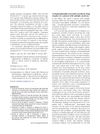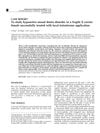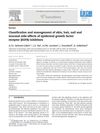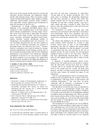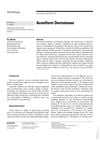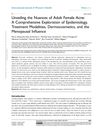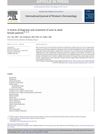Drug-Induced Acne: Causes, Diagnosis, and Treatment
October 2016
in “
Clinics in Dermatology
”
corticosteroids anabolic steroids testosterone halogens isoniazid lithium anticancer agents psychiatric drugs antitubercular drugs vitamins B6 vitamins B12 acneiform eruptions topical medications oral medications steroids anticancer drugs vitamin B6 vitamin B12 acne-like eruptions topical treatments oral treatments
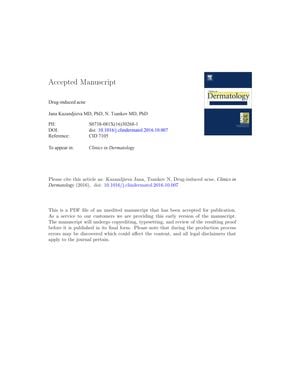
TLDR Some medications can cause acne, and stopping these drugs is the main treatment.
The document from 2017 outlines drug-induced acne (DIA), a condition where medications cause acne-like eruptions. It identifies drugs with a confirmed causal relationship to acne, including corticosteroids, anabolic steroids, testosterone, halogens, isoniazid, lithium, and certain anticancer agents. Diagnosis relies on medical history and the timing of drug intake relative to the onset of acne, with treatment primarily involving the discontinuation of the offending drug. The document also notes an increase in DIA cases and potential resistance to conventional acne therapies. Additionally, it covers a range of other drugs that can cause acneiform eruptions, such as psychiatric drugs, antitubercular drugs, and vitamins B6 and B12, among others. It emphasizes the importance of a detailed history for diagnosis and mentions various treatment options, including topical and oral medications. The document serves to raise awareness of the potential for medications to induce acne-like skin reactions and the importance of managing these side effects.
